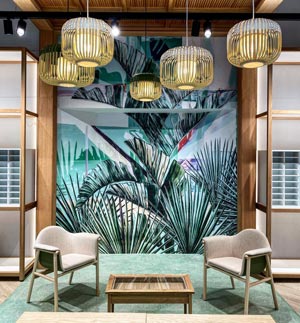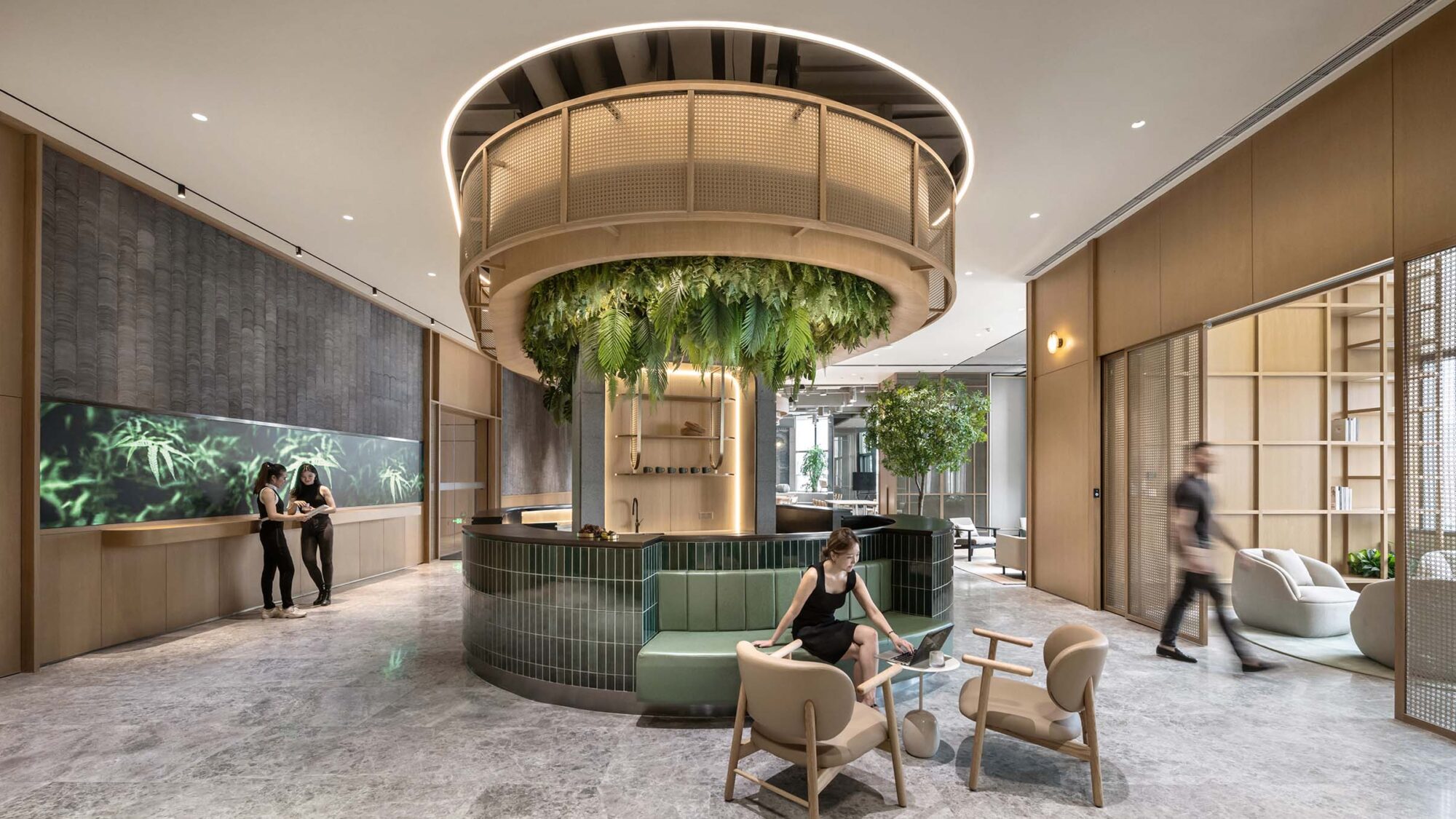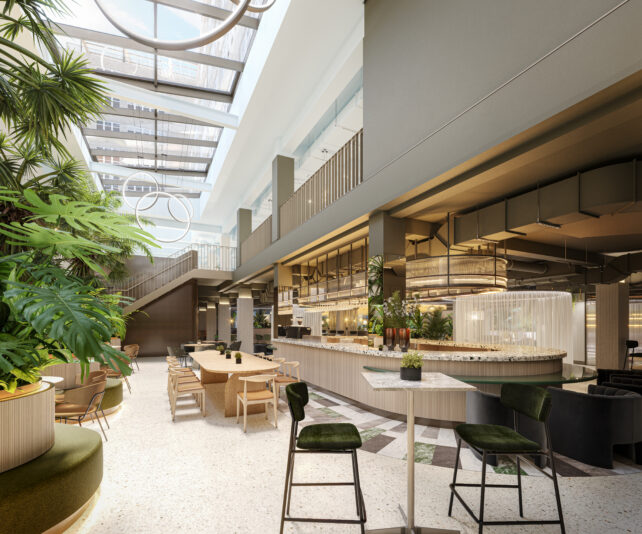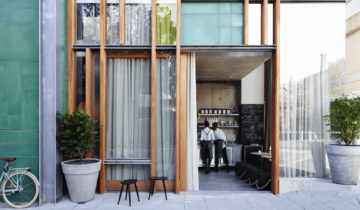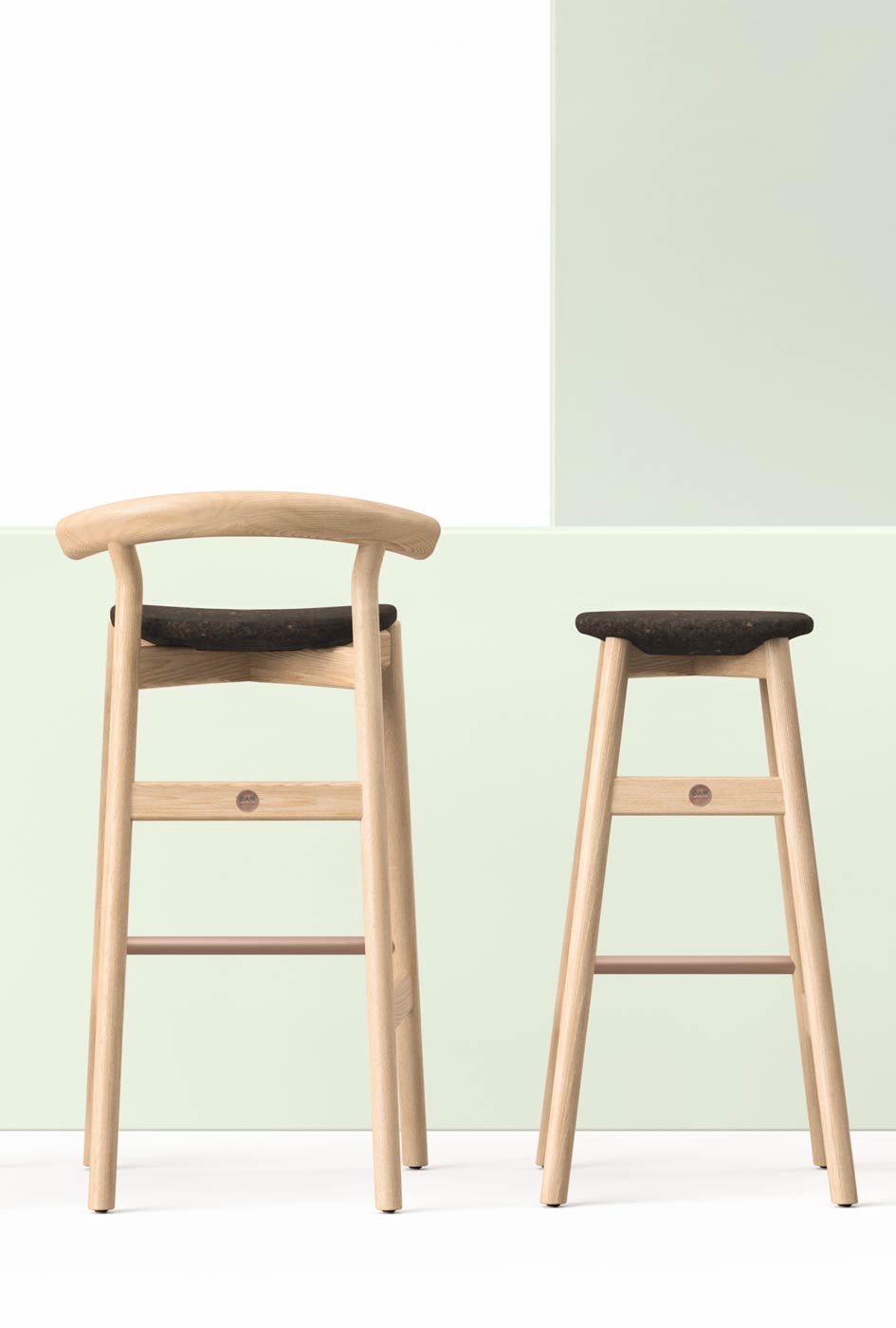Nowadays, everyone talks about Biophilic Interior Design which is reflected on the approaching interior environments to nature’s essence. But the term “biophilia” was coined by German psychologist Erich Fromm in the 1960s. He used the term Biophilia to describe the passionate love of life and of all that is alive which means the innate and genetically determined affinity of human beings with the natural world.
Biophilic living is a growing trend?
The harmony between our species and nature has been somewhat disrupted over the course of the last two centuries. Urbanization and life in dense city centers brings with it a concomitant risk of a disconnect from nature and negative impacts on the environment. People living in big cities all over the world spend the majority of their time in their offices, apartments or public transport. And the detachment from nature has been linked to numerous psychological and physiological health issues. So, the further we disconnect ourselves from the natural world the greater the risk for our health and the future as a species.
Many scientific studies proved that our connection with the natural world, deeply encoded within our DNA, helps to focus, increase productivity, stimulate creativity, reinforce affectivity, reduce stress and even increase immunity. So, be it architecture inspired by nature or natural interior design, it is of key importance that the spaces in which we work and live have plenty of greenery. Biophilic living is a growing trend? We believe it’s a need because we view biophilic design as being a fundamentally Triple Bottom Line concept as it brings benefits for People, Planet and bottom line Profit.
What is biophilic design?
“Biophilic design seeks to create a good habitat for people as a biological organism in the modern built environment that advances people’s health, fitness and wellbeing.” – Stephen R. Kellert, Nature by Design: The Practice of Biophilic Design.
Biophilia is a combination of two words that descend from ancient Greek: bio (“life”) and philia (“love”); it literally means love of life. S o, this relates to the physical, emotional, mental and spiritual connection between human beings and our natural environment. And the Biophilic design brings that connection into our places. But Biophilic Design is more than just adding plants to indoor spaces. It is a new way of understanding the discipline of Design, especially Interior Design, which more than working the aesthetics and the function, simultaneously promotes people’s mental and physical well-being.
Biophilic design principles
There are three Principles of Biophilic Design: NATURE + SUSTAINABILITY + WELLNESS. Then we can apply these biophilic design principles through eight biophilic design applications for a range of product attributes and user benefits, whether it be a home, an office or hotel room.
- Indoor Plants: bring in living plants whether vertical gardens, vertical farms or pot plants suspended from the ceiling or integrated into divider panels.
- Indoor air quality: purify the air with fresh air and air-purifying plants that improve CO2 levels.
- Neutral Color Palette: use neutrals such as browns, beiges, greens, sunshine yellow and a bright sky blue that will help spaces feel grounded in nature.
- Eco Materials: use furniture, wall coverings or flooring made of natural materials, bio-based materials or recycled materials. For example, you can choose poufs and chairs made with cork and wood. And you can choose Amorim Cork Flooring floors.
- Indirect Biophilia: include photos, murals, and illustrations of nature, animals, and plants or shapes, lines, patterns, and textures.
- Acoustic comfort: use recorded nature sounds linked with relaxation and well-being to reduce stress and improve focus; include sound-absorbing solutions for acoustic comfort such as acoustic panels, moss walls, privacy booths and eco flooring panels that reduce ambient noise; for example, imagine a decorative cork wall in an office reception for example such as those by Gencork or a felt rug by Feltrando in a home office inviting the user to spend time barefoot during the day.
- Aromatherapy: use aromatherapy to energize and regenerate with diffusers and scented candles such as these ones handmade in Portugal by Yntenzo.
What are biophilic materials?
The value system behind Biophilic interior design entails using locally produced, sustainably sourced and healthy materials. In an interior fit-out, this focuses particularly on flooring, wall coverings and furniture.
They can be natural materials such as FSC wood, cork, linen, ceramic, bamboo and stone; bio-based materials such as mycelium, coconut, coffee or clay; or recycled materials, based on plastic, glass or food waste. So, what are Biophilic materials? Their key characteristic, beyond their sustainability, is to be non-toxic chemical free, helping to ensure healthy indoor air quality and occupant wellbeing.
A number of innovative products and materials now exist in the market that promise to contribute to a wellness interior, be it in a home, office or hotel bedroom. But we should consider not just the materials chosen for a building or interior but also any finishes applied to those materials which need examining to identify any toxic chemicals that would negatively impact indoor air quality, harm the environment, or contribute to landfill. Many brands are already developing ecological finishes such as this one by Barbot.
Benefits of biophilic design
What are the benefits of biophilic design? According to many studies, the benefits of Biophilic Design are related to mental and physical wellbeing and can be:
- reduction in stress and anxiety;
- increase cognitive function, concentration and memory;
- speeds up recovery from illness and surgery; enhance positive mood states, promoting a sense of vitality.
Experience is key and along with it a sense of meaning, environmental responsibility, happiness, and good health that encourages people to stay longer, stay connected and come back for more. This is applied to homes, hotels, restaurants, offices and retail spaces. Mainly, public places need to appeal and draw people in, but they also need to be good for us.
So, Biophilia is no longer just a passing trend but a way of being. It’s now incorporated as a vital aspect into the design of office buildings, retail developments, community spaces, and homes.
Biophilic design examples
Here we review some examples of biophilic design and sustainable interior design offices that have caught our attention for their aesthetics, creativity and approach. Discover now some Biophilic design examples.
Club Med Seychelles Resort, Saint Anne, Seychelles by GG & Grace: it is a luxury eco-friendly resort inspired by nature and local cultures that respects the environment and blends into the natural surroundings; the architecture lets light in and opens to the outdoors so you visitors admire the landscapes; the interior design developed by GG & Grace explore colors, patterns, and textures that reflect the jungle, seaside, or mountains; among other spaces, the resort includes a Zen zone, a quiet swimming pool, a yoga studio and a library.
Shui On WorkX, Shanghai by M Moser & Associates: it is a creative and innovative working/social environment that strengthens business development and culture, and creates a sense of nature; it was designed by M Moser & Associates as a soothing natural ecosystem with diverse biophilia, including a digital waterfall with cascading water, natural lighting, an elegant hanging green garden, organic furniture, leaf-shaped lamps and stump-shaped stools.
Uncommon Coworking Holborn, London, UK: this biophilic workspace is sustainably designed for its members to live well, work well, do well, through truly sustainable and supportive environments designed around them; and the main objectives are reducing their emissions, being carbon negative and achieving net zero.

Children’s dental clinic, in Essen, Germany by TON Objekt: this children’s dental clinic shows how a spacious, light-flooded, colorful and imaginative practice for pediatric dentistry can be made from a dark hallway and small rooms. A biophilic space with tree trunks, cork stools and cork & wood tables, green carpet, well received by the doctors, the practice team and the little patients.

